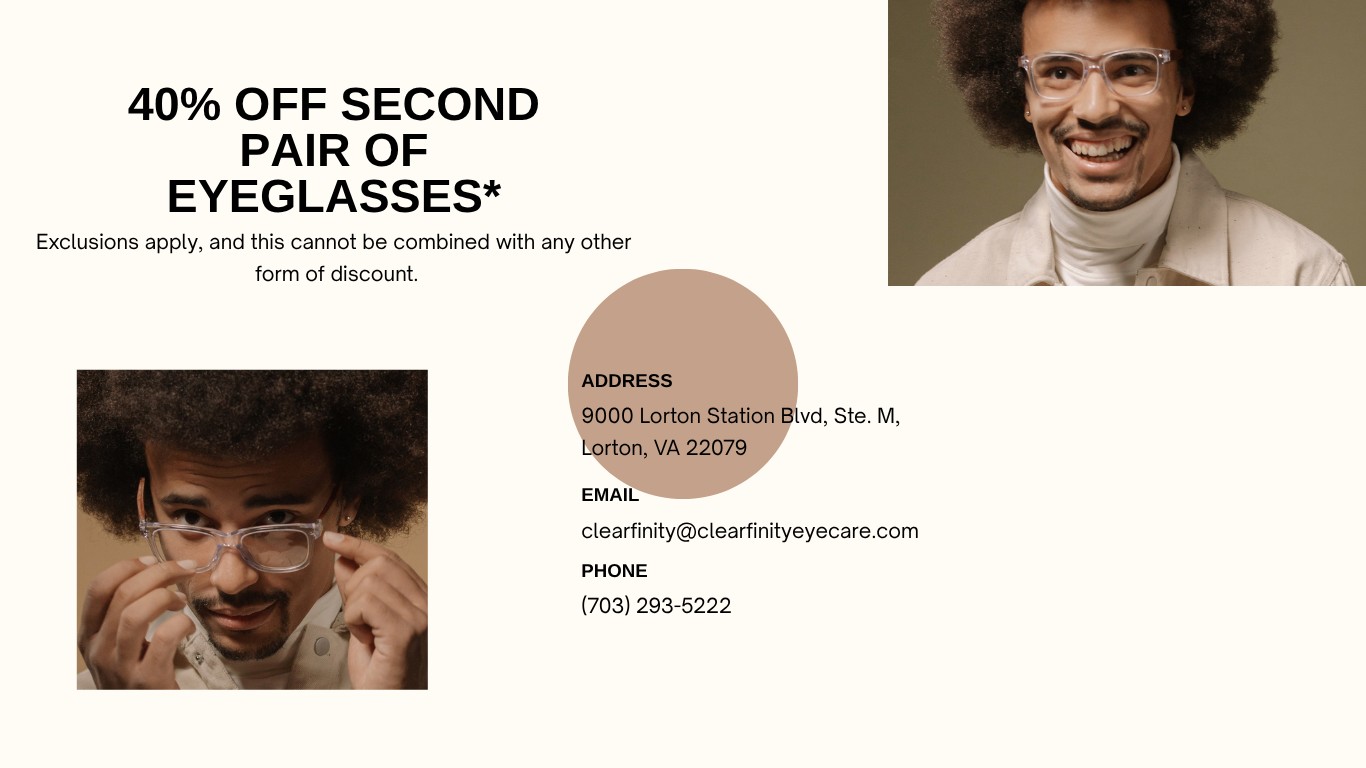
Myopia is a common eye condition affecting millions worldwide. It's a disorder that often begins in childhood and progresses as a person grows, leading to blurred distance vision. If not managed properly, myopia can lead to severe eye problems later in life, including retinal detachment, glaucoma, and even blindness.
Understanding Myopia
Myopia occurs when the eyeball grows too long or the cornea is excessively curved, causing light to focus in front of the retina rather than directly on it. This results in blurred distance vision while near vision remains clear. Symptoms of myopia include difficulty seeing distant objects like road signs or the chalkboard in school, frequent squinting or closing the eyes to see better, headaches due to eye strain, or feeling fatigued when driving or playing sports.
The Importance of Myopia Management
The importance of myopia management cannot be overstated. If left unchecked, myopia can progress rapidly, especially during the growth phase in children. High levels of myopia increase the risk of serious eye conditions such as retinal detachment, cataracts, glaucoma, and macular degeneration, all of which can lead to vision loss.
Early detection and intervention are crucial in slowing down the progression of myopia. Regular eye examinations can help identify myopia in its early stages, allowing for timely intervention. Particular attention should be given to children with myopic parents, as they are at a higher risk of developing the condition.
Myopia management involves a combination of strategies, including optical interventions, pharmaceutical treatments, and lifestyle modifications. The goal is to slow down the elongation of the eye and reduce the progression of myopia, thereby minimizing the risk of vision-threatening complications in later life.
Effective Methods of Myopia Management
The most effective methods of myopia management involve a combination of approaches tailored to the individual's needs and lifestyle. These include optical interventions, pharmaceutical treatments, and lifestyle modifications.
Pharmaceutical treatments involve the use of eye drops containing drugs like atropine, which have been shown to slow down the progression of myopia. Low-dose atropine eye drops are currently the most effective pharmaceutical treatment for myopia control.
Lifestyle modifications involve changes in everyday habits to reduce the risk factors for myopia progression. These include reducing the amount of near work, taking regular breaks during near work, and spending more time outdoors.
Customized contact lenses are another effective method of myopia management. These lenses are designed to alter the way light is focused on the retina, thereby reducing the stimulus for eye growth. Multifocal contact lenses have different zones of focus, allowing for clear vision at different distances. The peripheral zones of the lenses are designed to defocus the light in front of the retina, reducing the stimulus for eye growth.
Managing Myopia Effectively
Managing myopia effectively requires a comprehensive approach that includes regular eye examinations, the use of specialized glasses or contact lenses, pharmaceutical treatments, and lifestyle modifications. The goal is to slow down the progression of myopia and minimize the risk of vision-threatening complications in later life.
While the methods discussed in this article have shown promising results, it is important to remember that myopia management is a long-term commitment that requires regular monitoring by an eye care professional. Early detection and intervention are key to managing myopia effectively and preserving good vision for life.
To learn more on effective myopia management methods, visit Clearfinity Eyecare Optometrist at our office in Lorton, Virginia. Please call or text (703) 260-9908 to schedule an appointment today.











